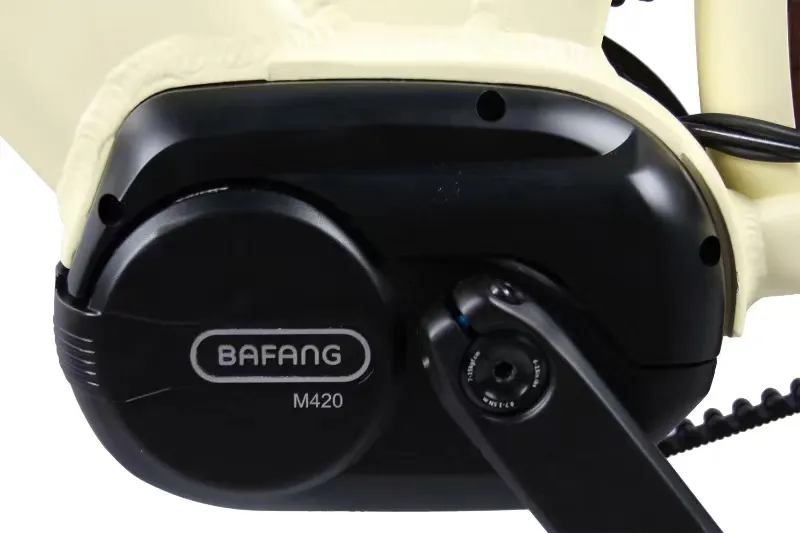
- Afrikaans
- Albanian
- Amharic
- Arabic
- Armenian
- Azerbaijani
- Basque
- Belarusian
- Bengali
- Bosnian
- Bulgarian
- Catalan
- Cebuano
- Corsican
- Croatian
- Czech
- Danish
- Dutch
- English
- Esperanto
- Estonian
- Finnish
- French
- Frisian
- Galician
- Georgian
- German
- Greek
- Gujarati
- Haitian Creole
- hausa
- hawaiian
- Hebrew
- Hindi
- Miao
- Hungarian
- Icelandic
- igbo
- Indonesian
- irish
- Italian
- Japanese
- Javanese
- Kannada
- kazakh
- Khmer
- Rwandese
- Korean
- Kurdish
- Kyrgyz
- Lao
- Latin
- Latvian
- Lithuanian
- Luxembourgish
- Macedonian
- Malgashi
- Malay
- Malayalam
- Maltese
- Maori
- Marathi
- Mongolian
- Myanmar
- Nepali
- Norwegian
- Norwegian
- Occitan
- Pashto
- Persian
- Polish
- Portuguese
- Punjabi
- Romanian
- Russian
- Samoan
- Scottish Gaelic
- Serbian
- Sesotho
- Shona
- Sindhi
- Sinhala
- Slovak
- Slovenian
- Somali
- Spanish
- Sundanese
- Swahili
- Swedish
- Tagalog
- Tajik
- Tamil
- Tatar
- Telugu
- Thai
- Turkish
- Turkmen
- Ukrainian
- Urdu
- Uighur
- Uzbek
- Vietnamese
- Welsh
- Bantu
- Yiddish
- Yoruba
- Zulu
Jul . 21, 2024 00:36 Back to list
A Step-by-Step Guide to Installing Your Mountain Bike Shifter Efficiently and Effectively
How to Install a Mountain Bike Shifter A Step-by-Step Guide
Installing a mountain bike shifter may sound daunting at first, but with the right tools and a little patience, it can be a straightforward process. Whether you are upgrading your bike or replacing a faulty shifter, knowing how to properly install it is essential for an optimal riding experience. Here’s a step-by-step guide to help you through the installation process.
Tools and Materials Required
Before you begin, gather the necessary tools and materials - New mountain bike shifter - Allen wrenches (usually 4mm or 5mm) - Screwdrivers (Philips and flat-head) - Cable cutter - Bike lubrication oil - Ruler or measuring tape
Step 1 Remove the Old Shifter
1. Prepare Your Bike Start by placing your bike in a stable position, preferably on a repair stand. This will make the installation process easier and safer. 2. Disconnect the Cable Locate the cable that connects the shifter to the derailleur. Use your Allen wrench to unscrew the cable anchor from the old shifter. This may vary slightly depending on the shifter model, but it is typically a straightforward process.
3. Remove the Old Shifter Most shifters are mounted either on the handlebars or integrated with the brake levers. Use the appropriate tools to unscrew and remove the old shifter from its housing.
Step 2 Install the New Shifter
1. Position the New Shifter Align the new shifter in the desired position on the handlebars. Ensure that it’s comfortable to access while riding and in line with any other controls like brake levers.
2. Secure the Shifter Use your Allen wrench to tighten the screws that hold the shifter in place. Make sure it is snug but avoid over-tightening, which can cause damage.
Step 3 Install the Cable
how to install mountain bike shifter

1. Threading the Cable Take the new cable that came with your shifter (if not included, you may need to purchase a compatible one) and thread it through the shifter. Follow the manufacturer’s instructions, as different models may have slightly different threading processes.
2. Attach to the Derailleur Once the cable is threaded through, guide it down to the derailleur. There, you will need to attach it to the cable anchor in the same manner as the old shifter. Be sure it's securely fastened.
Step 4 Adjusting the Tension
1. Cable Tension With the cable installed, it’s important to adjust the cable tension. Shift to the highest gear (smallest rear cog) and make sure the derailleur can move freely without any hesitation.
2. Fine-tune Shifting Adjust the barrel adjuster on the shifter to ensure smooth shifting between gears. If the chain struggles to shift up or down, you may need to tweak the tension until it works seamlessly.
Step 5 Test Your Shifter
1. Test Ride Once everything is in place, take your bike for a brief test ride. Shift through all the gears, listening for any unusual sounds. Ensure that the shifts are smooth and that there’s no slipping in any of the gears.
2. Final Adjustments If necessary, return to the garage and make any further adjustments needed, such as refining the cable tension or repositioning the shifter.
Conclusion
Installing a mountain bike shifter is a manageable task that every cyclist should feel comfortable tackling. With the right tools and guidance, you can ensure your bike shifts smoothly and performs at its best. Regular maintenance and familiarity with your bike’s components not only enhance your riding experience but also prolong the life of your equipment. Happy riding!
-
Innovative Custom Stroller Solutions for Global Markets Excellence
NewsAug.05,2025
-
Premium Kids Four Wheeler Models for Wholesale Buyers
NewsAug.05,2025
-
Ebike 24 Revolutionizes Modern Urban Transportation
NewsAug.05,2025
-
Electric Scooter Kids Powering Safe Childhood Adventures
NewsAug.05,2025
-
Premium Kids Bikes for Global Wholesale Buyers 2024
NewsAug.05,2025
-
Precision Mountain Bike Derailleur Engineering Defines Global Cycling Excellence
NewsAug.05,2025
-
The Ultimate Kids' Four-Wheeler Experience
NewsJul.09,2025



